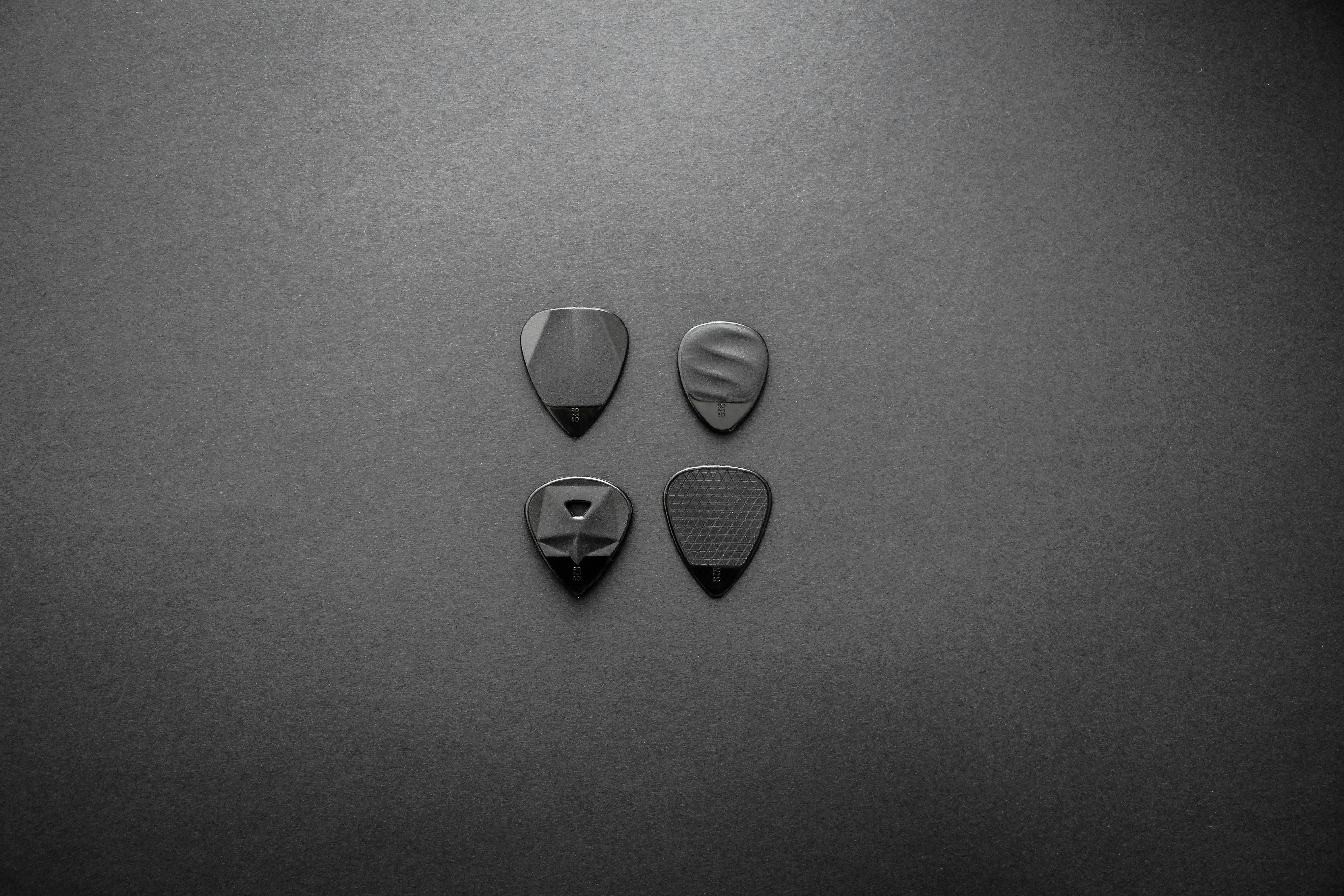“What bit my daughter, doctor?” Asks a father, showing a red bump on his daughter’s forehead.
“Where was it at the time of the bite?” Asks the doctor, while preparing to make the diagnosis: local skin reaction due to an insect bite.
The father scratches his head, trying to remember where his daughter was, but nothing comes to mind. Finally he says, “I don’t know.”
This type of dialogue is what often occurs between doctors, parents, and caregivers when trying to solve the bug bite puzzle.
Sting or bite: what’s the difference?
When in pain, insect sting victims don’t care if they suffered a sting or a bite. However, technically speaking, when an insect bites, it injects toxins into the victim’s skin and blood system. This poison can trigger a prolonged local skin reaction or a general body reaction. Insects that have a tendency to sting include bees, wasps, wasps, hornets, and fire ants.
In contrast to the sting, which consists of passing poison to the victim, the bite of an insect has the purpose of feeding, of taking a meal from the victim. To help them feed while they bite, the insects inject saliva into the victim’s skin and tissues. The insect’s saliva is foreign to the victim, causing it to itch and scratch and cause local or prolonged swelling.
Signs and symptoms of an insect bite
A lump on the skin from an insect bite refers to the local area of swelling that we feel when we slide the palm of the hand over the skin.
Other symptoms and signs of an insect bite include pain, itching, swelling, and redness at the site and area surrounding the bite. There may be more complaints and associated symptoms, such as a child refusing to put his right foot on the floor due to pain associated with an insect bite on that leg.
Bumps on the skin from insect bites can be single or multiple and vary in size. They can be anywhere on the body. They can appear immediately or a few days after the bite, at which point the answers to the “where” and “why” questions are buried under a pile of similar lost memories.
Although insects carry disease, they don’t always do so when they bite. Therefore, this article will not address life-threatening insect-borne diseases, such as malaria and West Nile fever, caused by mosquitoes, or trypanosomiasis, caused by the tsetse fly.
The article is strictly limited to local reactions or swelling of the skin due to insect or ant bites.
How to treat a local skin bump caused by an insect bite
Since some readers may be eager to know how to treat local reactions to insect bites, I’ll reveal the protocol right away.
Minor insect bites do not need medical treatment. They will heal themselves.
Insect bites that are bothersome require some form of medical intervention: Benadryl is given orally to inhibit itching – hydrocortisone cream, preferably 2.5%, is rubbed over the inflamed area and used to control redness , which is also called inflammation. Pain relievers such as Tylenol or ibuprofen are given by mouth to control pain.
Be aware that Benadryl, or any other antihistamine, can cause drowsiness. Do not give Benadryl if there is no itching.
Doctors may try a milder steroid cream (1% hydrocortisone). Like Benadryl and pain relievers, hydrocortisone cream can be purchased at pharmacies without a prescription.
From experience gained in private practice, I can assure you that, except in very severe cases, the local allergic reaction caused by insect bites improves within a couple of days. Therefore, stop the medications when the child is feeling well.
There is no indication for the use of antibiotics for skin inflammation caused by insect bites, except in the rare case when a bacterial superinfection occurs. This is usually due to children pinching and scratching at the sting areas.
Consult a doctor if the swelling caused by an insect bite does not subside, if liquid of any color comes out of the bump, if there is an accompanying fever, and of course any other specific concerns for the child.
Mosquitoes in Nigeria
Dividing the insects into those that bite outside the house and those that bite inside the house is an essential way of looking at them.
Bed bugs are a good example of bed bugs biting a victim indoors, and mosquitoes are a good example of insects biting outside.
There are many insects and many are native to the community where they reside. Many can take a stabbing bite.
However, there is substantial overlap between indoor and outdoor insects, depending on where you are in the world.
For example, Nigerian mosquitoes are everywhere; under the covers, perching on window panes, lounging in cabinet drawers and soup pots, enjoying eguisi [melon] Soups —– seriously, no exaggeration.
How to find out what bit you
Doctors can only give an informed opinion on the specific cause of a bite, unless, of course, the insect could have been captured and brought in for identification, at which point a more confident recognition can be performed.
Knowing which errors are dominant in a location helps clinicians determine the perpetrator.
For example, if someone in Onitsha, an urban ghetto, develops a local itchy swelling on their forearm or leg after standing on the porch, you can be sure that angry blood-sucking mosquitoes have attacked them.
In the same way, a six-year-old boy in Akokwa, a rural Nigerian village, who received a burning bite on the buttock while sitting on a concrete or sand floor to listen to grandfather’s fairy tale, will surely be a victim. of a homegrown evil black ant, called agbusi.
To the west, a child who developed red bumps on his arms, legs, or face after playing at a community park in Connecticut was likely bitten by mosquitoes, also called black flies, yellow flies, or mosquitoes.
An insect can attack anywhere on the body, but mainly on exposed parts, with the legs and arms being the most vulnerable places, especially for those who wear short sleeves.
The whereabouts of a person at the time of the bite is helpful in finding out what bit them.
As the ice melts and spring arrives, the weather is good for outdoor activities. Children are eager to play in the backyard or in the park. Unfortunately, the insects are waiting to bite; put its suction cups on the exposed skins of defenseless children.
It’s a world of insects, keep moving
The bugs are opportunistic and target people who are immobile, who stop momentarily to put on socks or shoes, for example. They deliberately target children who are passengers, between activities; stationery, sitting or resting.
If two children go out to a park, one can get attacked by insects while the other is saved. Why did this happened? Well, the child who is standing is like an easy duck waiting for the insects to attack. A child who is constantly busy is too fast a target for a bug attack. Another explanation is that some people have a strong reaction to an insect bite, while others are less affected.
The exact time of the sting is often forgotten. Swelling at the sting site may be immediate or it may take a day or two to manifest, by which time most people have forgotten about their exposure.
Flying insects, crawling ants, and crawling scorpions and spiders are all related. They all descend from a common ancestor, called the Arthropod; an animal that has stiff arms and legs but no backbone.
Although this article is about local skin inflammation after insect bites, as mentioned above, the next paragraph deserves attention.
The need to carry an EpiPen for people experiencing a severe reaction.
A life-threatening phenomenon known as anaphylaxis can occur in people who are allergic to the poisonous stings of certain insects. People who suffer an anaphylactic reaction may experience shortness of breath, facial swelling, and circulatory collapse. These people should carry the medication epinephrine, in a ready-to-use form, for example, EpiPen Auto-Injection, for an intramuscular injection.
Hornets, wasps, and yellow jacket wasps are examples of insects equipped to launch a sting that could reverberate throughout the body and cause shortness of breath, swelling around the face, fainting, wheezing, muscle breakdown, seizures, and potentially death.
Preventing dicks from insects
Avoiding insect bites is not too difficult. Wear long sleeves, pants, and socks when you anticipate any exposure to stinging insects. Spray repellants or Bug Off around infestations and spray repellants on the fringes of clothing, hats, and shoes while on an insect-filled trail. Eliminating standing water, the breeding ground for many insects, is also essential in controlling the threat of insects.
Disclaimer: This article is not intended to diagnose or treat any individual bite or sting. Every bite or sting is different. Whenever there are doubts about a specific bite, direct evaluation by a physician is essential.



